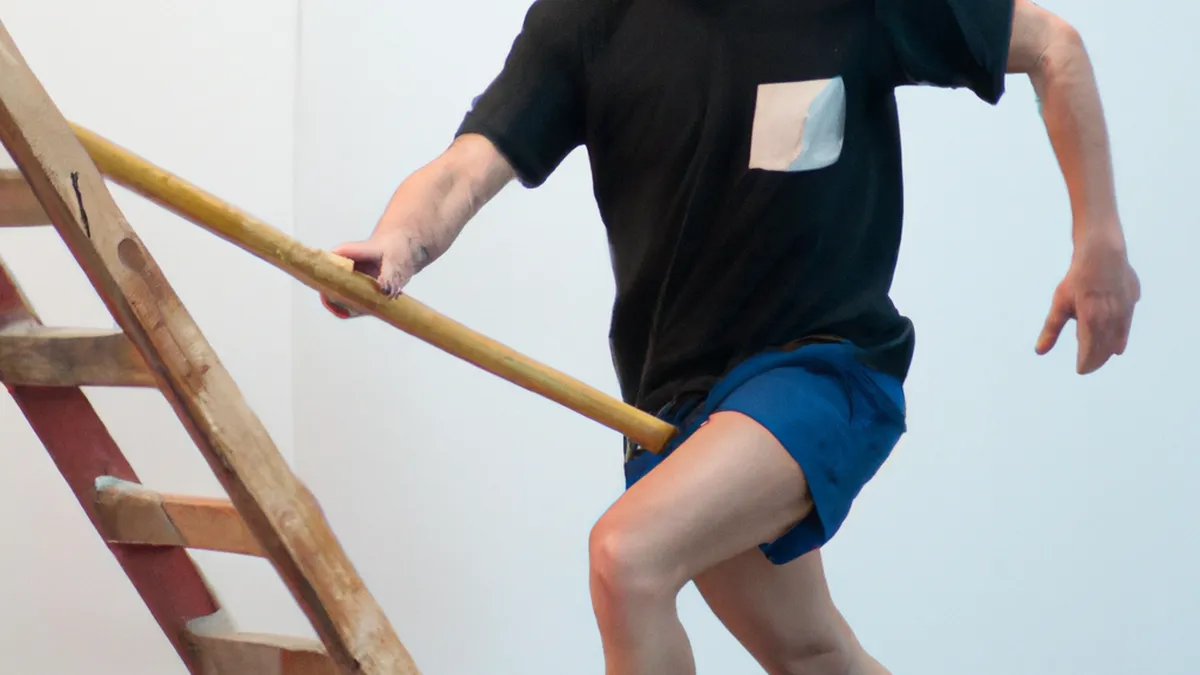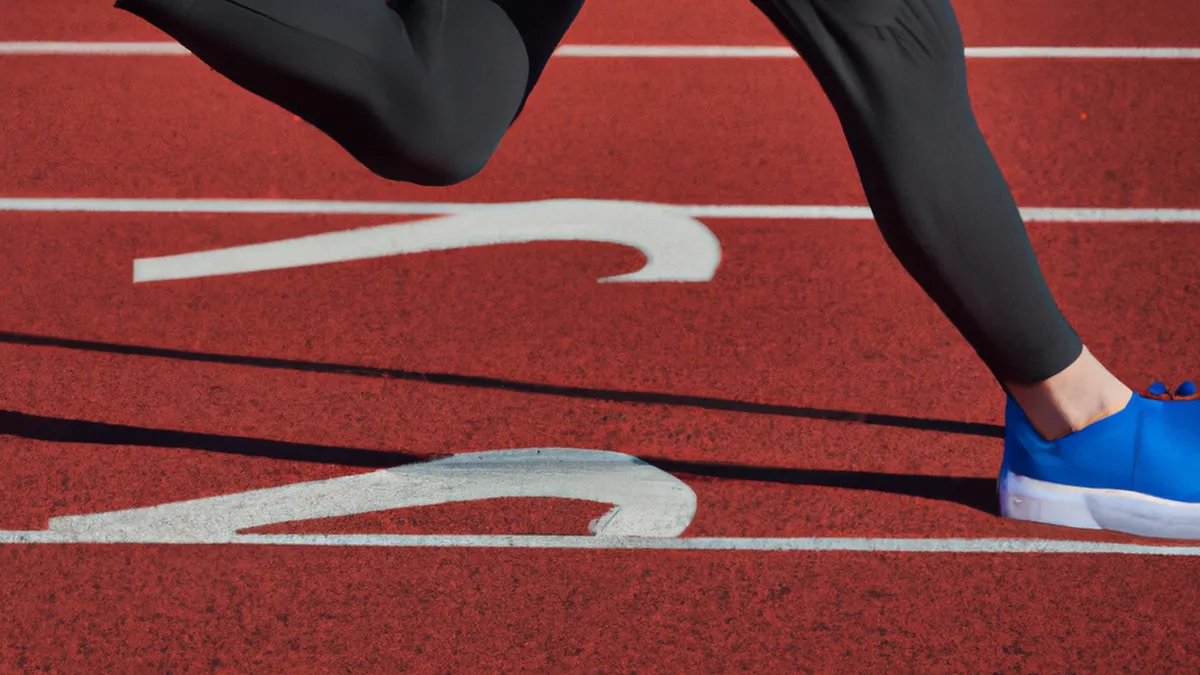Customize Agility Ladders for Every Sport
Tailoring Agility Ladder Workouts for Different Athletic Disciplines
Agility ladders enhance athlete performance in various sports. They boost foot speed, coordination, balance, and agility. Different sports demand unique movements and responses. This post will help you adapt agility ladder workouts for various athletic disciplines.
Gear tip: consider kettlebell, adjustable dumbbells and lifting belt to support this workout.
Understanding Agility Ladder Training Basics
Agility ladder training emphasizes quick footwork and body control. Athletes perform drills to improve speed and coordination. These drills enhance performance across sports. To maximize benefits, adapt them to each discipline’s demands.
Key Agility Components
Agility requires quick, efficient direction changes. It combines balance, speed, and coordination. Basketball players pivot rapidly when defending or driving. Soccer players use lateral movement and quick sprints to evade opponents. Recognizing these components helps tailor agility workouts for each sport.
Tips for Tailoring Agility Ladder Workouts
1. Assess Your Sport’s Requirements
Analyze your sport’s specific demands before customizing workouts. Identify relevant movements for your discipline. Football players focus on explosive sprints and lateral movements. Tennis players emphasize quick side-to-side movements and rapid acceleration.
2. Choose Relevant Drills
Select drills that align with your sport’s needs. Here are examples for different sports:
– **Football**: Use lateral shuffles and high-knees for explosive movements and quick direction changes. Incorporate zigzag runs to simulate on-field agility.
– **Basketball**: Focus on pivoting and backpedaling drills. Use quick stops and starts to practice defensive movements.
– **Soccer**: Enhance lateral movement and acceleration with sideways in-and-out steps and diagonal runs.
– **Tennis**: Include drills that mimic rapid lateral movements and direction changes. Emphasize forward and backward movements for court footwork.
3. Vary Workout Intensity
Adjust workout intensity based on skill level and fitness goals. Beginners should master basic footwork and coordination. Advanced athletes can tackle more complex drills. Add sprinting or jumping sequences to increase challenge and simulate game scenarios.
4. Include Sport-Specific Movements
Incorporate movements specific to each sport for greater relevance and effectiveness.
Conclusion
Tailoring agility ladder workouts enhances athletic performance. Customize drills based on sport-specific needs for maximum benefit.
Below are related products based on this post:
FAQ
What are the primary benefits of agility ladder training for athletes?
Agility ladder training enhances foot speed, coordination, balance, and agility, all of which are crucial for improving overall athletic performance across various sports.
How can I customize agility ladder workouts for my specific sport?
To customize agility ladder workouts, assess your sport’s specific demands, choose relevant drills that align with those needs, and include sport-specific movements to maximize effectiveness.
What intensity level should I aim for in agility ladder workouts?
The intensity level should be adjusted based on your skill level and fitness goals. Beginners should focus on mastering basic footwork, while advanced athletes can tackle more complex drills and increase intensity through sprinting or jumping sequences.















Post Comment